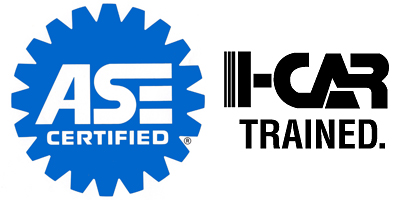Ever had that nagging romantic desire to find and hook up your long lost muscle car from high school days…and restore her to her former glory? Kinda like a Weird Science garage restoration project, it sounds like a blast at first…then the realities emerge. Whether it’s a ’69 Camaro Rally Sport…or a ’67 Mustang Fastback, the hours and dollars can run into serious numbers. So it’s probably wise to come back down to earth after the initial thought of it…and create some practical guidelines to keep your labor of love going strong, rather than crashing and burning a few months down the road. A few hours of thoughtful planning can help avoid alot of wasted time, money and heartache.
Here are some rules of thumb:
1. Retain Expert Advice
Having someone with a great reputation that fixes and restores cars for a living in your corner, could well be the wisest first step to make. Expert advice always costs something worthwhile up front, but like any investment, it’ll likely pay off big time when you’re considering a potential purchase. Having another set of eyes for a second opinion is always wise…and expert feedback with a critical perspective just makes even more sense.
2. Make Appreciation Potential a Top Criteria
Contrary to popular belief and plenty of stories about magnificent finds in old barns…the supply of old cars for sale that need restoration is fairly large. Most of these cars aren’t worth much, and will never be valuable no matter how carefully they’re restored. Don’t impulsively settle on a particular model. Do some research to determine which models are more valuable once they’ve undergone restoration. A car with appreciation potential might cost more to buy, but it’s important to remember that the cost of the car is only a small component of the total project cost.
3. A Car that Starts is Worth 2 in the Bush
If your candidate car actually starts and runs before you even buy it, you’re a step ahead by significantly reducing the chances of expensive and time consuming mechanical repairs when the restoration process begins. The riskiest vehicle purchase you make is one that has been sitting idle and never started for years. You might get lucky and only need a new battery, starter or fuel pump. Worst-case…the car may have a seized engine needing to be completely rebuilt or replaced.
4. Replacement Parts Availability is Critical
The quickest way to bring your project to a screeching halt is discovering a lack of needed replacement parts. The more scarce your chosen car is, the more likely that there may not even be aftermarket replacement parts available…and used parts may be exorbitantly expensive. Keep your dream machine project alive and moving smoothly ahead by making sure replacement parts won’t be a deal killer…and your budget stays within reach.


